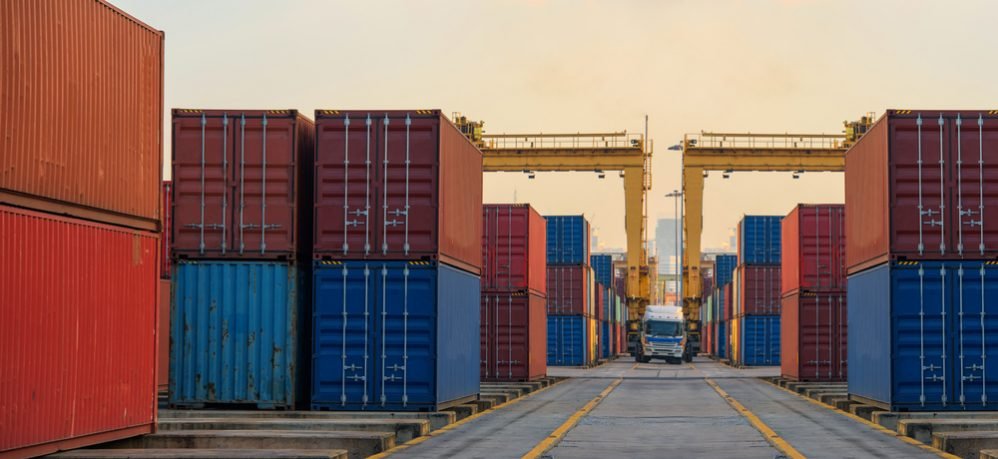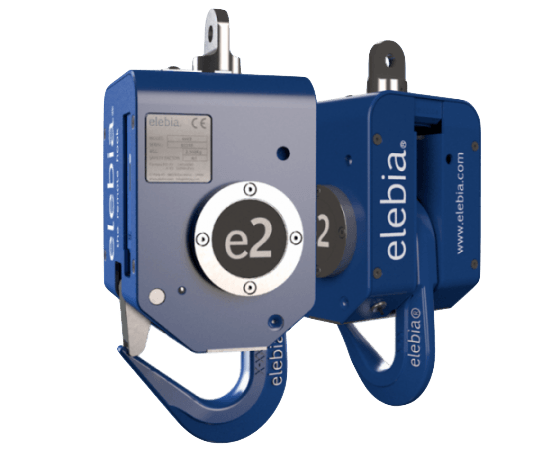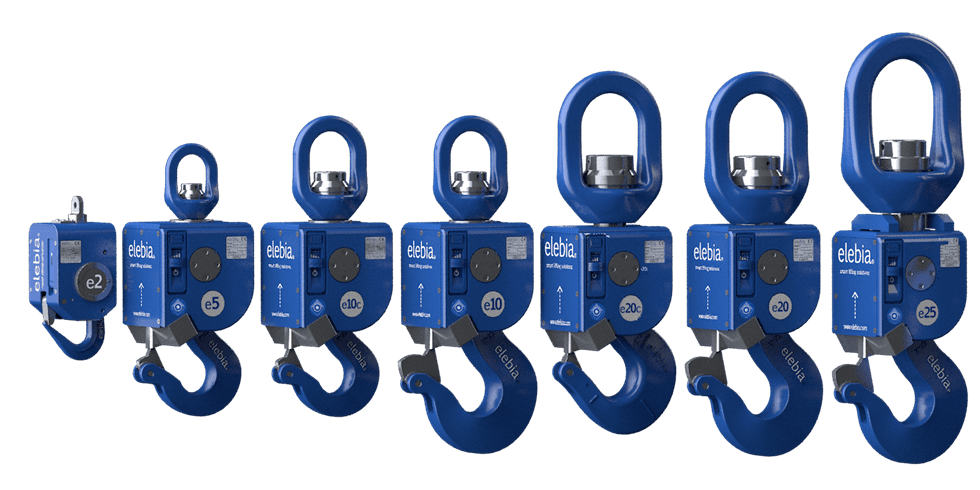Different Types of Cranes Used in Ports
23 June, 2022 - Editorial Team
The port industry has different lifting and lowering mechanical devices, some of which include cranes. These machines are capable of lifting different weights for and from various heights and from any boat or ship. To work effectively, hoists use cables and pulleys.
What are the different types of port cranes?
There are different types of port cranes, depending on the work to be handled. The port is usually a beehive of activities; therefore, it requires the right mechanical tools to ensure maximum efficiency. Port cranes are specially designed to load and offload bulky goods like containers that weigh tons. This is the list of the best port cranes and their uses and specifications are explained below.
- Panamax cranes
- Post panamax
- Super post panamax
- Floating cranes
- Bulk handling cranes
- Gantry cranes
- Hammerhead cranes
- Tower cranes
- Deck cranes
- Rough terrain cranes
- Overhead cranes
Discover our Products for this cranes
Panamax Cranes
The term Panamax is derived from the name given to ships passing through the Panama canal. These automatic dock cranes extend up to 30 m and reach a lifting height of 36-38m. Panamax cranes have up to 13 containers on the cover. In a single lift, these cranes can be loaded with approximately 40-50 tons while in a double lift, it lifts to 65 tons.
In terms of speed, they have a lifting speed of 50-125 meters per minute, the movement speed of 45 meters per minute, and a carriage travel speed of 150-180 meters per minute. Their wheel load ranges from 30-40 tons per meter. Panamax cranes are used to load and unload containers from ships to the port or vice versa.
Post Panamax
These are modern port cranes more giant than the Panamax cranes. They hold up to 16 containers on the cover. They reach up to 45 meters with a lifting height of 35 meters. Like the Panamax crane, their workload ranges from 40-50 tons in a single raise and 65 tons in a double lift.
The lifting speed is 60-150 meters per minute, while the carriage speed is 180-210 meters per minute. The crane moves at 45 meters per minute, with a wheel load of 40-55 tons per minute, which is more substantial than most port cranes. They are used to load and offload containers from ships too large to pass through the Panama Canal.
Super Post Panamax
They are the enormous docks crane at the moment. Many ports around the globe are now getting this crane for better and faster operations at the port. Their spreader can accommodate approximately 65 tonnes when it’s a double lift. A tandem lift carries a workload of 110 tonnes and can scope up to 53 m and have a lifting height of 40 meters.
Additionally, these type of crane lifting container are characterized by a lifting speed of 70-175 meters per minute, movement speed at 45 meters per minute, and a carriage speed of 210-240 meters per minute. These cranes weigh about 180-190 tons, with a wheel load capacity of 70-80 tons per minute.
Check our Marine Hook
Floating Cranes
These are vessels that consist of winches attached to them. They are mostly used in the construction of harbours and bridges. These devices are also used in loading and unloading of unusually heavy objects in the port. Vessel hoists have the ability to lift over ten thousand tonnes.
The floating type can also be used to recover sunken ships by use of the crane hook. Another important feature is that these vessels can move from one place to another. This means that they are flexible enough to move objects to designated locations. Some common types include semi-submersible and sheer legs.
Newsletter
Sign up for our newsletter and get the latest news from elebia
Bulk-Handling Cranes
In ports, the most efficient and reliable method of handling the numerous amounts of bulky goods is by the use of grabbing hoists, which are operated through riggings. Bulk-handling winches are very efficient when it comes to controlling such materials as gravel, coal and foodstuffs like grain.
Basically, they are useful in loads that prove difficult for man and other machines to handle. These devices are available as mobile or fixed devices. Bulk-handling machines can help a crane operator to handle about 2,300 tonnes every hour.
Gantry Cranes
Gantry cranes can be used in different industries. These machines are available in fixed or adjustable heights and are either made of steel or aluminum, depending on their purpose. The basic design of these machines features two upright beams that are attached to each other by a horizontal one. These two upright beams are linked to two A-shaped frames, which have wheels attached to them. This feature makes them movable and portable. The smaller version of gantry cranes is mostly used to move larger objects in the construction industry and in docks to move containers. In other instances, larger versions of this lifting device are used in such working areas as warehouses.
Hammerhead Cranes
This is one of the most common types of cranes used in ports and it’s also known as a giant cantilever. Hammerhead winch consists of a tall steel tower, which holds a horizontal double cantilever fitted with a lifting trolley that has a crane hook. The jib extends backwards, an important aspect for weight balancing.
Note that the hammerhead wrench system is made with a racking motion that allows back and forth movements of the trolley. This motion also prevents interference with the height of the load. These cranes are also created in huge sizes and can lift loads of over 350 tones.
Check our large range of Crane Hooks
Tower Cranes
This is a modern type of balance wrench that is usually fixed on the ground. Tower cranes give a good combination of lifting capacity and height. They are mostly used to lift loads to very high heights, especially in shipyard constructions and to lift containers in havens. Extremely tall cranes can reach up to 1,000 metres high with a base of about 3.5 metres.
Deck Cranes
A deck crane can be found on a ship or boat. They are mostly used for cargo operations such as loading and unloading. These machines are also very useful for goods retrieval on shores that do not have unloading devices. Most of them are hydraulic operated. This means that they either use electric or diesel-hydraulic system.

Rough Terrain Cranes
Normally, this is mounted on a carriage that is fitted with four wheels and is designed for places with a rough terrain. When hoisting, the outriggers extend both horizontally and vertically to balance and keep it stable. These rough terrain hoists use a single engine to power both its winch and undercarriage.
The ability of this machine to manoeuvre through rocky and gravel filled places makes it very effective for carrying heavy loads through construction sites.
Overhead Cranes
An overhead crane is also called a suspended crane. Although they are mostly used in factories to lift heavy loads, a goliath crane is also used in a shipyard. They consist of hoists that are set on trolleys. The trolley is fitted in a way that allows it to travel along one or two beams. It also moves at angles in the same direction along the ground and elevated level.
Overall, these mechanical devices that are very interesting and powerful machines. A crane operator is highly trained to control and maintain these devices. Due to their ability to lift heavy and bulky loads for great heights, the gadgets are very useful for construction and port operations.
elebia Hooks, the right solution for ports
The elebia hook is a compelling hook that is a must-have for port operators. It comes with excellent features that assure you of great hook performance. For a coherent working of any system, the system must be complete, and all parts have to work efficiently. Therefore, automatic crane systems need to have a robust and reliable Evo remote release crane hooks.
The elebia automated hook suite all types of lifting crane hooks such as the Panamax and post-Panamax. These great hooks have a swivel with bearings. The swivel ensures that the hook moves freely. As the operator, the swivel will enable you to fix a hook on an immobile position.
The elebia automatic lifting hooks come with an electric motor protected with a clutch to avoid overloading. Another fantastic feature is its structured steel body with high strength and corrosion-resistant polyester coating to withstand harsh working conditions.
As an operator, you can adjust the release limit with the precise electronic torque and ultimately eliminating massive rigging problems and have your logistic operations streamlined and productive.
Products Made For Your Company





